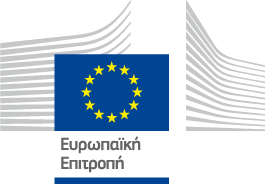The region of Huelva comprises the five coastal municipalities of Ayamonte, Isla Cristina, Lepe, Cartaya and Punta Umbría. Situated on the Atlantic coast the area has an attractive coastline, low levels of urbanisation and extensive marshlands, dunes and pine forests, many of which are protected.

